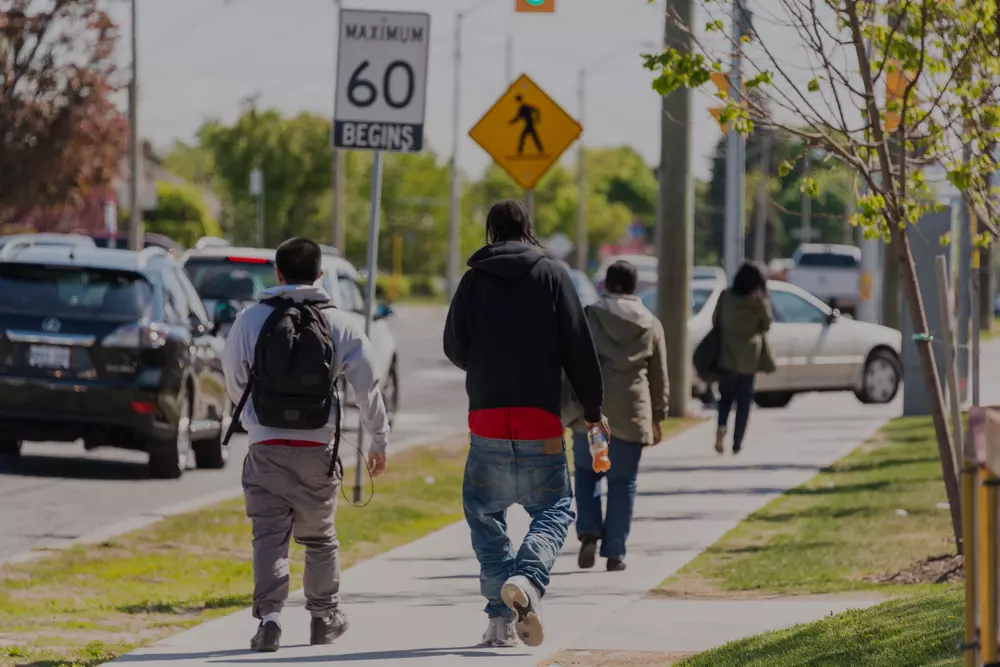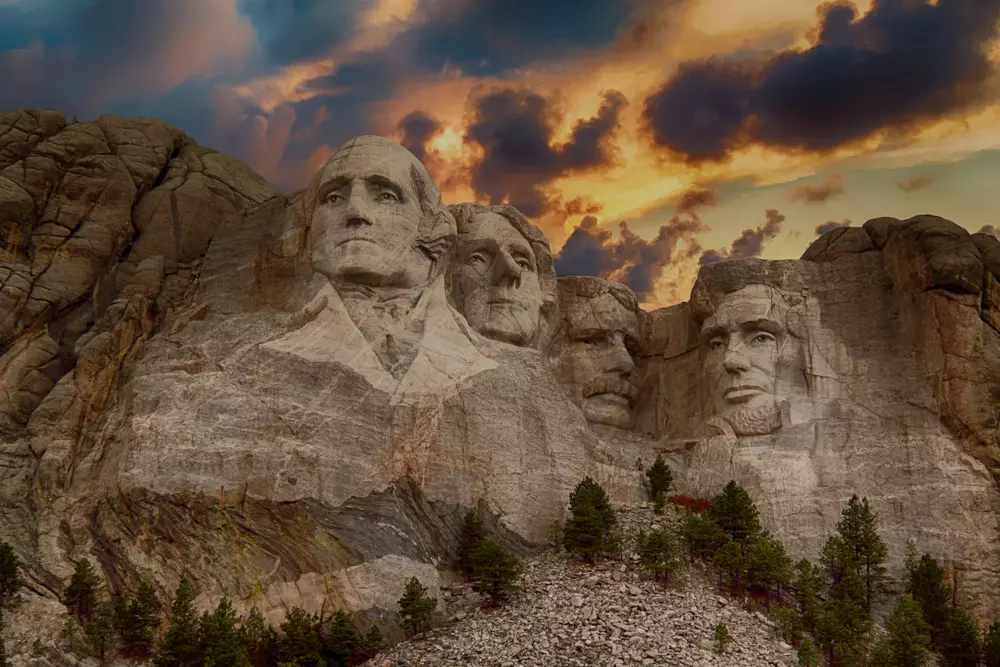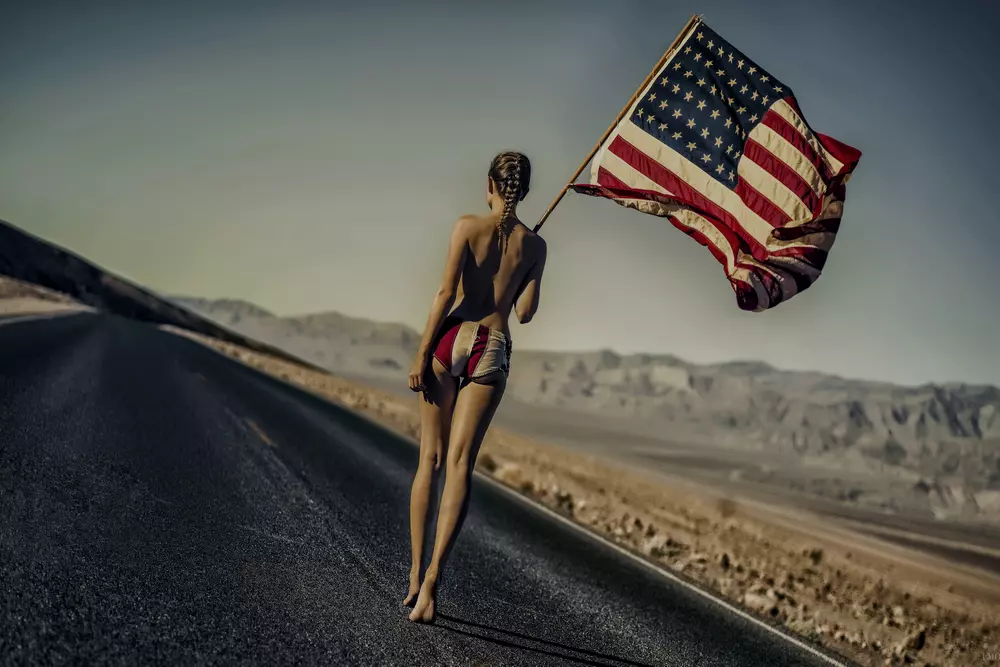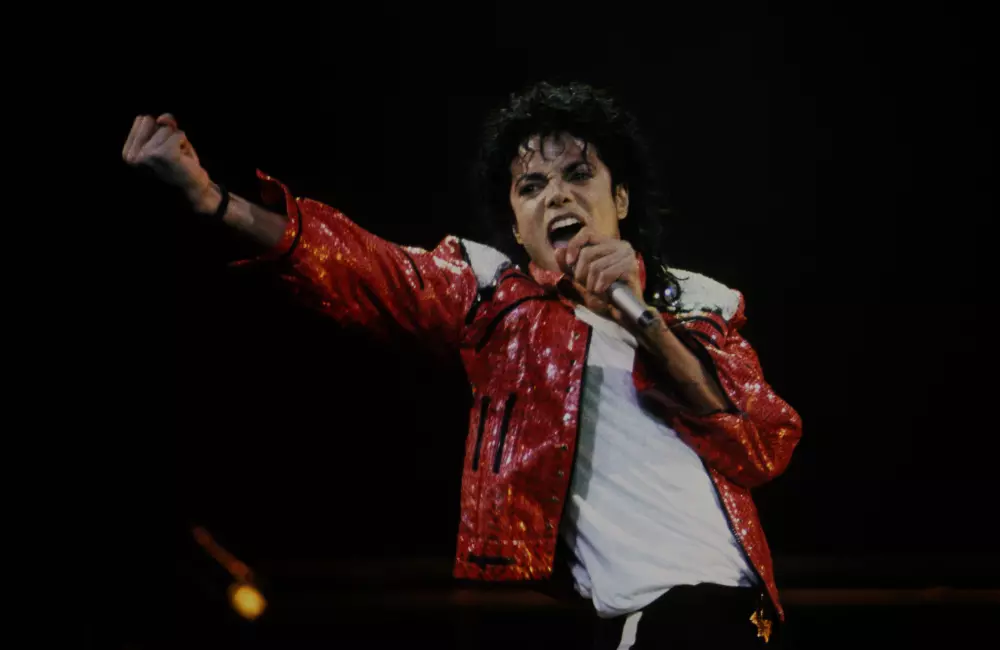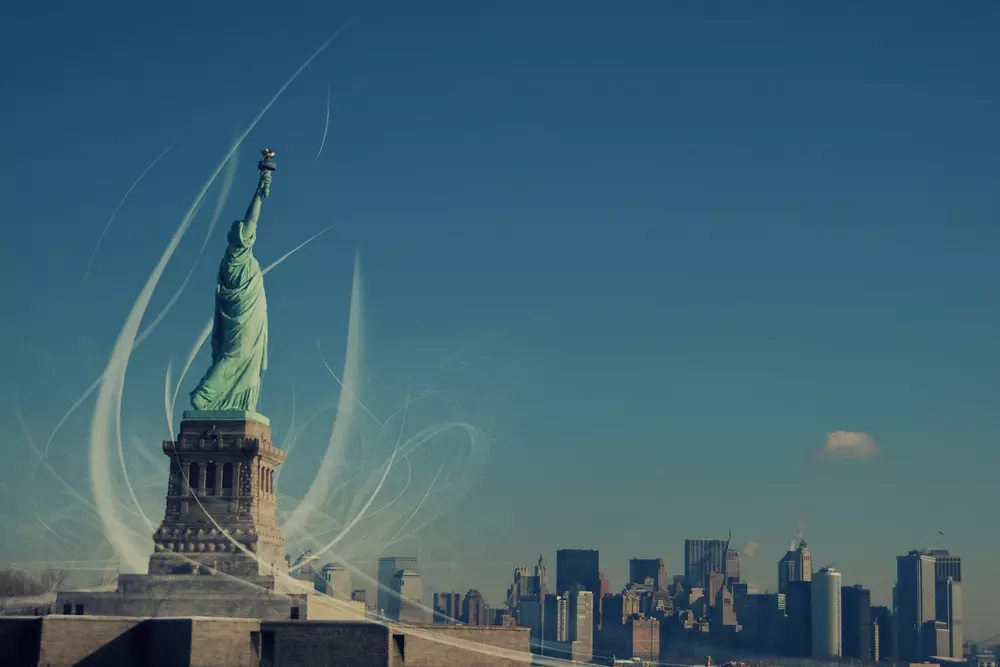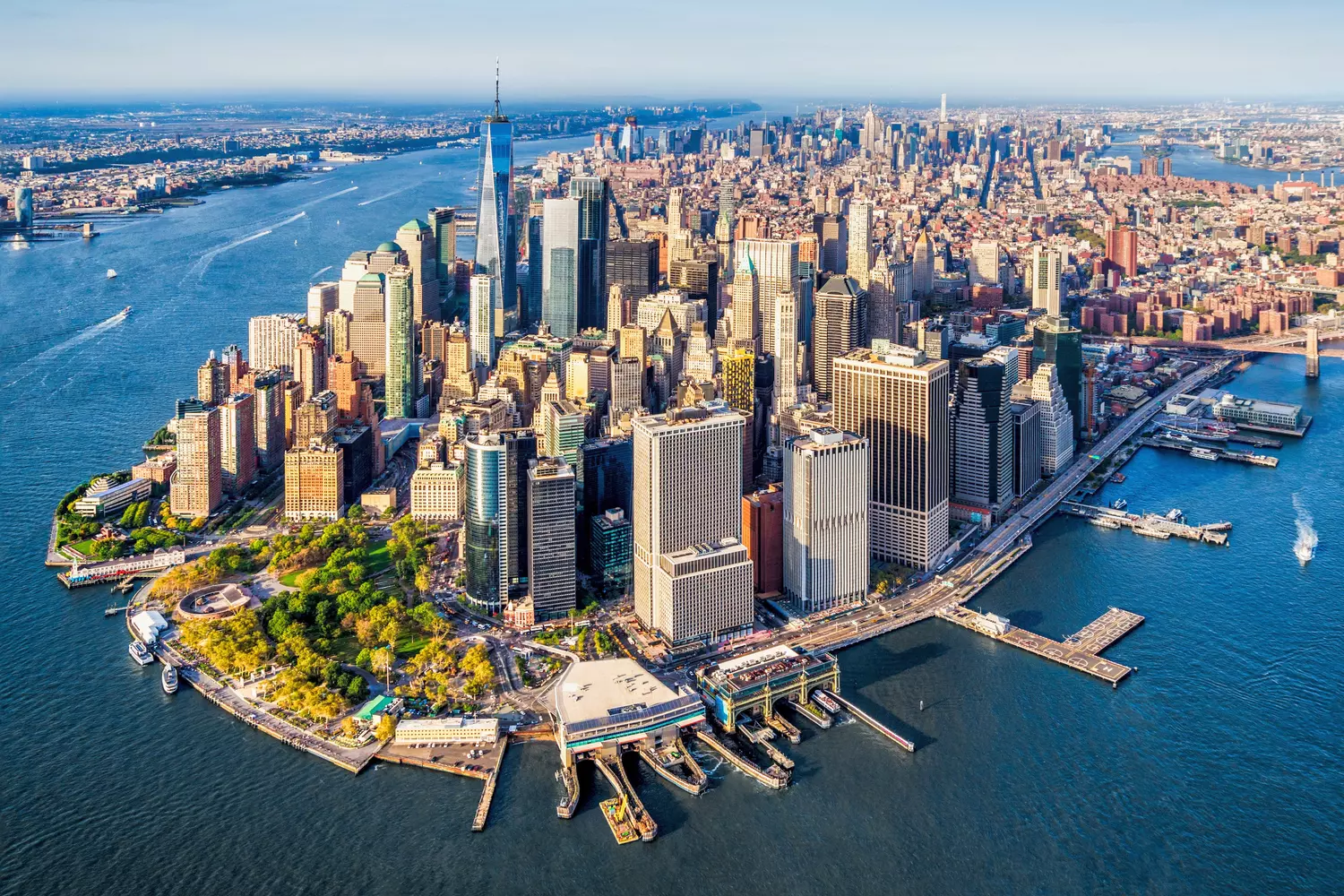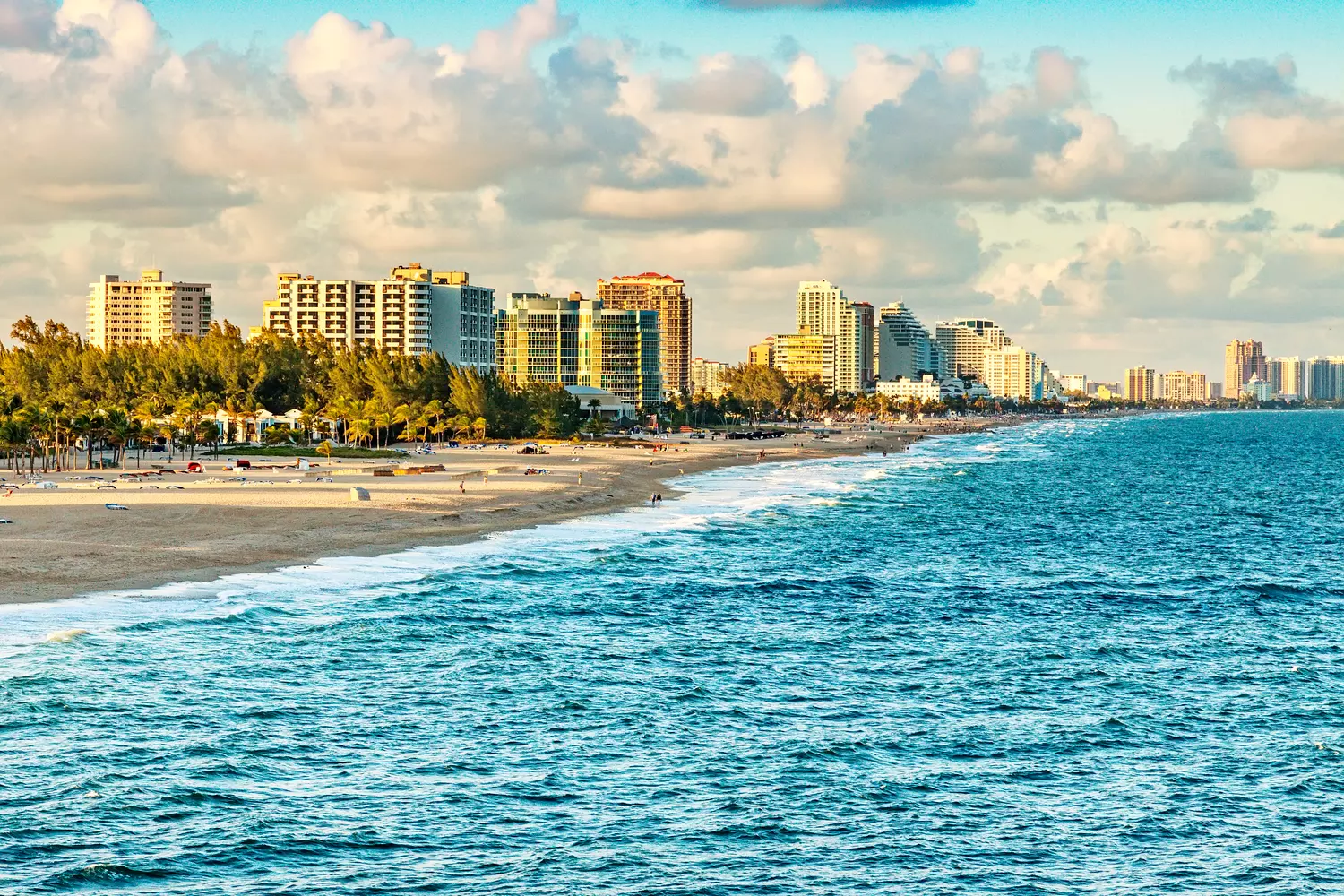When it comes to 90s hip-hop, not only iconic tracks and rhythms that rocked the streets of Brooklyn and Los Angeles come to mind, but also the fierce battle between two coasts of America — the East and the West. It was a time when music stopped being just entertainment. It became a weapon, words turned into bullets, and rap battles went beyond the studios, taking over the streets, clubs, and the minds of millions.
The East Coast-West Coast hip-hop war was not just a series of personal conflicts between artists. It was an entire era when the ambitions of young rappers intertwined with street culture, criminal disputes, and the fight for a voice. It was a battle for recognition, for respect, for the opportunity to tell the world: "We are here. We exist. And our stories will be heard."
These years became a test for a whole generation of artists. Under the spotlight, under the pressure of producers and media, rappers balanced on the fine line between fame and death. The consequences were tragic, and the lessons were bitter. But it was through blood, sweat, and pain that hip-hop managed to break free from the ghettos and become a global cultural phenomenon.
This story is full of drama, betrayal, unexpected alliances, and immortal music. It is full of genius, risk, and unfulfilled hopes. We will remember how this war started, who was at the forefront, what events turned creative competition into a real street war — and why, even decades later, people still talk about it as if it happened yesterday.
Fasten your seatbelts — ahead is the true hip-hop chronicle. A story in which there are no winners. But there are legends that forever changed music and the world around it.
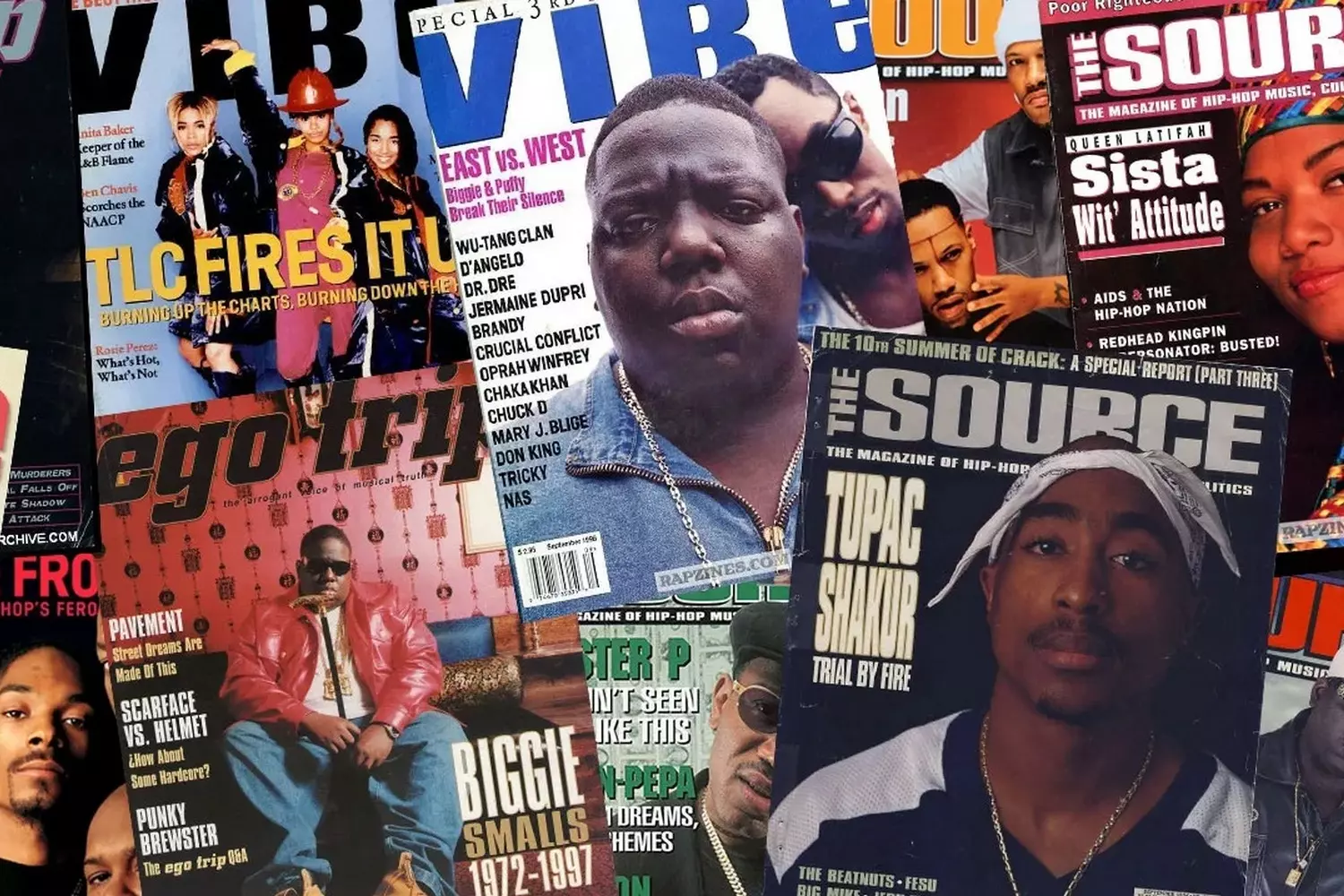
How hip-hop culture was born and what became the ground for the East Coast-West Coast rivalry
The history of hip-hop begins far from luxurious studios and glamorous parties. In the 1970s, in the poor neighborhoods of the South Bronx, New York, amid unemployment, crime, and social instability, the youth were searching for a way to express their pain, hopes, and aspirations. This is how hip-hop was born — a culture that combined music, dance, graffiti, and street battles.
The first signs were DJs like Kool Herc, who held block parties, spinning "breakbeats" — rhythmic song fragments, so people could dance to them for as long as possible. Along with the DJs, MCs (emcees) took the stage — those who rapped rhymes to the energetic beats, hyping up the crowd.
From the very beginning, hip-hop was the voice of the streets — the stories that weren't told on the radio or printed in newspapers. Rappers spoke about poverty, racism, dreams, and the struggle for survival. It was protest, wrapped in rhythms and rhymes.
Interesting fact: In 1979, the song "Rapper’s Delight" by The Sugarhill Gang first brought hip-hop to a wider audience — and at that time, few believed that this "street noise" would become a global cultural phenomenon.
But with the rise in popularity came changes.
Hip-hop began to split into styles, regions, and ideologies. The first competition emerged: who was cooler, whose style was "real," and who truly lived what they rapped about.
On the East Coast, in New York, rap continued to grow on the streets: hard-hitting lyrics, social themes, with a focus on technique and meaning.
On the West Coast, in sunny California, hip-hop took on a different tone: it absorbed the street culture of gangs, protest against police brutality, and a distinct "gangsta" aesthetic, with an emphasis on toughness and the reality of life in the ghettos.
The first signs of the future conflict appeared when questions began to arise more and more frequently:
- Who represents "real" hip-hop?
- Who deserves recognition?
- Whose voice is louder?
Music stopped being just music. It became the arena for a fight for respect, money, and power. And the more ambitions grew, the less room there was for compromise.
"The East Coast vs. West Coast rivalry was mostly inflated by the media. We were just making music and trying to survive. But drama sold magazines and records." — Snoop Dogg
The beginning of the open war: the first sparks between the East and the West
By the mid-80s, hip-hop had firmly established itself as a powerful culture, and rappers began to rise to superstardom. But with success came ambition and pride. New York artists saw themselves as the "founding fathers" — the ones who laid the foundation and set the standards. Meanwhile, the West Coast, particularly Los Angeles, began to rapidly gain strength and assert itself.
The first cracks in the relationship between the coasts appeared when California artists started dominating the charts.
In 1988, the group N.W.A. with their bold album "Straight Outta Compton" delivered a real blow to the music establishment. Their aggressive style, open lyrics about life in the ghetto, and uncompromising stance against the police literally exploded the industry.
This caused irritation on the East Coast. New York considered itself the only legitimate center of hip-hop, while West Coast rappers were viewed as "impostors" or even "provincials" who were using the genre without understanding its "true" essence.
The first real conflict was the attack by rapper Tim Dog against the West Coast in his track "F** Compton" (1991). The song was an open provocation against N.W.A. and the entire Los Angeles scene. This was no longer just a competition for public attention — it was clear hostility.
Interesting fact: The track "F*** Compton" sparked a wave of response tracks from the West. Rappers began using music as a weapon, creating entire "diss albums" aimed at each other. This is how the culture of musical "diss tracks" was born, which became an integral part of hip-hop.
The fire was lit, and it only grew stronger from there. It was no longer just about money or fame. It was about the pride of entire regions. And no one was willing to back down.
Bad Boy vs. Death Row: The rivalry of two empires
If the East and West were the battlefields, then Bad Boy Records and Death Row Records became their main armies.
Bad Boy Records was born in New York in 1993 under the leadership of talented and ambitious producer Sean "Puff Daddy" Combs (later known as Diddy). The label quickly gained momentum: stylish music videos, well-thought-out marketing, and a recognizable sound. Its main star became Christopher Wallace, better known to the world as The Notorious B.I.G. or simply Biggie — a genius of storytelling through music, whose lyrics were both hard-hitting and lyrical.
On the other side of the country, in sunny California, Death Row Records was founded by Suge Knight and Dr. Dre. Death Row became synonymous with aggression, defiance, and street power. Their sound was heavy, dark, and incredibly infectious: Dr. Dre laid the foundation of "G-Funk" — the signature sound of the West Coast, soaked in bass and funk influences. The main star of the label became Tupac Shakur — a genius of emotions, social pain, and street poetry.
The conflict escalated when Tupac accused Biggie and Bad Boy of being involved in his robbery and shooting at the Quad Recording Studios in New York in 1994. At that moment, personal resentment turned into a full-blown war between the labels.
What intensified the tension
- Suge Knight publicly accused Puff Daddy of disrespecting artists during the Source awards, fueling the flames of animosity.
- Death Row launched a campaign against Bad Boy, releasing songs full of mockery and threats.
- Tupac released the controversial track "Hit 'Em Up", where he not only criticized Biggie but also made extremely personal statements.
Quote from Tupac's "Hit 'Em Up": "You claim to be a player, but I f***ed your wife..."
This song became one of the hardest and most iconic diss tracks in hip-hop history, ultimately dividing the industry into two camps. In response to the attacks, Death Row Records in New York started organizing special parties under the slogan "East Coast pride" to support their scene and artists.
Bad Boy and Death Row were no longer just competing. They were at war — with music videos, songs, interviews, and sometimes even real street violence. Music became not just a form of expression — it became a weapon in the hands of entire corporations.
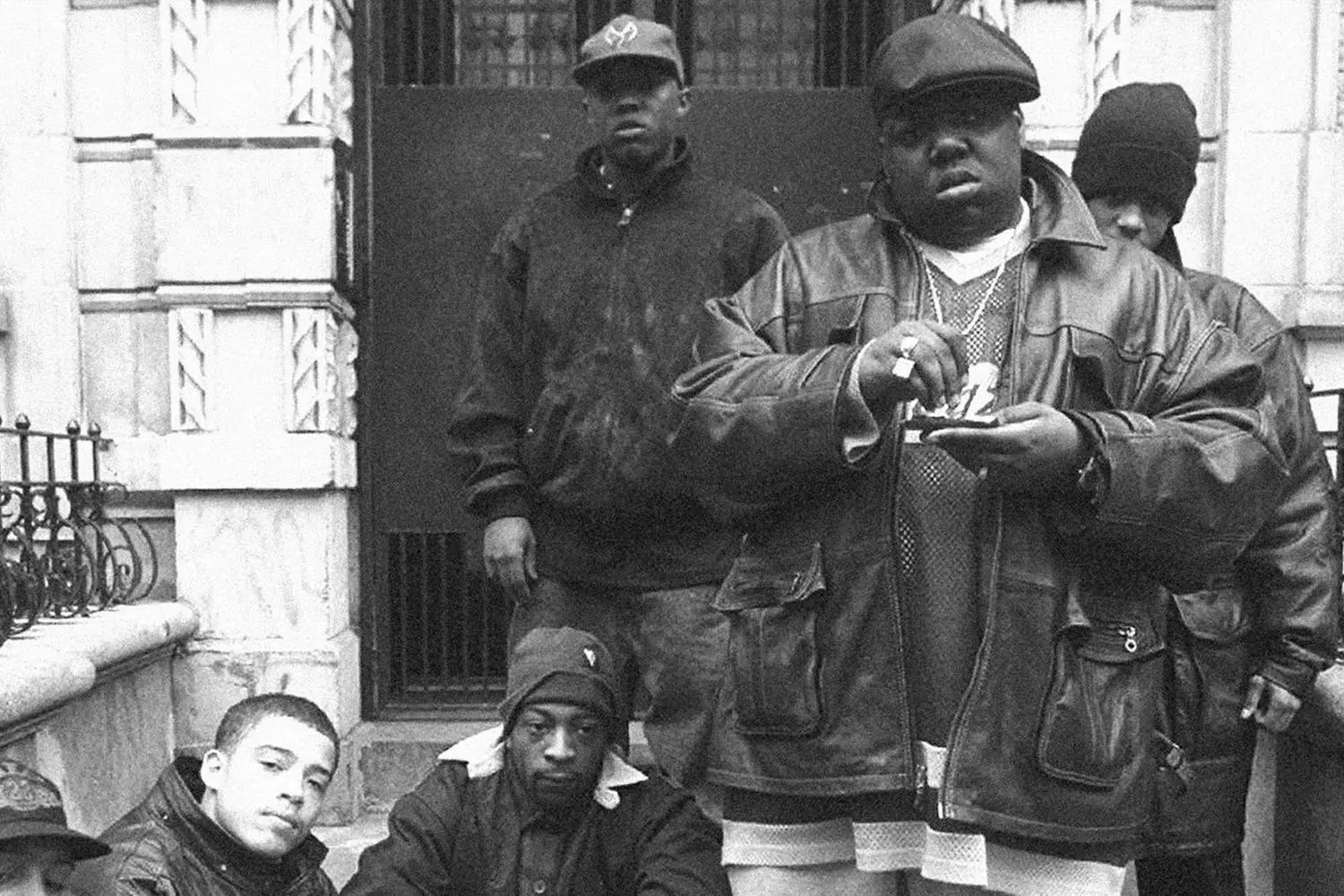
Tupac and Biggie: from brotherhood to deadly rivalry
You can't talk about the hip-hop war of the coasts without remembering the names of Tupac Shakur and Christopher Wallace, better known as The Notorious B.I.G.. Their story is a tragedy not only for hip-hop but for an entire generation that grew up on their songs.
Tupac Shakur: The Voice of the Streets
Tupac was born in New York, but fate brought him to the West Coast, where he became a symbol of the California spirit.
His music was filled with pain, rebellion, and hope. Songs like "California Love", "Changes", "Dear Mama" reflected a wide range of themes — from social injustice to personal drama.
Tupac about his music: "I just want people to feel my pain and my love. If that causes change — then it was all worth it."
Tupac was a true phenomenon: charismatic, talented, smart, and highly political. He could easily speak about love for his mother and anger against the system. But his fiery character, straightforwardness, and environment led him deeper into the real street war.
The Notorious B.I.G.: The King of Brooklyn
Biggie was the embodiment of New York.
Heavy beats, confident flow, and deep lyrics about poverty, crime, and dreams made him the voice of the East Coast. His songs "Juicy", "Big Poppa", "One More Chance" became classics even during his lifetime.
Biggie about his philosophy: "Live fast, die young... but leave a story behind."
Unlike Tupac, Biggie was more reserved publicly, but in his lyrics, he was a ruthless storyteller of urban reality. His ability to turn personal stories into universal anthems allowed him to become an icon for millions.
The Brotherhood That Collapsed
Initially, Tupac and Biggie were friends. They hung out together, exchanged ideas, and supported each other during the early stages of their careers.
There are legends that Tupac even invited Biggie to perform on stage at his concerts in the early '90s. But everything changed in 1994 when Tupac was robbed and shot at the Quad Recording Studios in New York.
Tupac was convinced that the attack was not a coincidence. And although there was no evidence linking Biggie or Bad Boy Records to it, distrust took root.
After his release from prison (where he was held on another charge), Tupac fully aligned with Death Row and began actively attacking Biggie and the entire New York scene.
The climax came with the track "Hit 'Em Up", where Tupac harshly attacked Biggie both musically and personally. It wasn't just a competition for the best pen — it was a war, where words cut deeper than bullets.
Interesting fact: Tupac and Biggie tried repeatedly to "bridge the gap" and end the feud through mutual friends. But the pressure from their entourages, the media, and the labels only fueled the conflict.
Why is their story so important? Because it contains everything: friendship, betrayal, ambition, fear, pain, and the desire to be heard. Their tragic fate became a bitter reminder that war, even musical, rarely ends without losses.
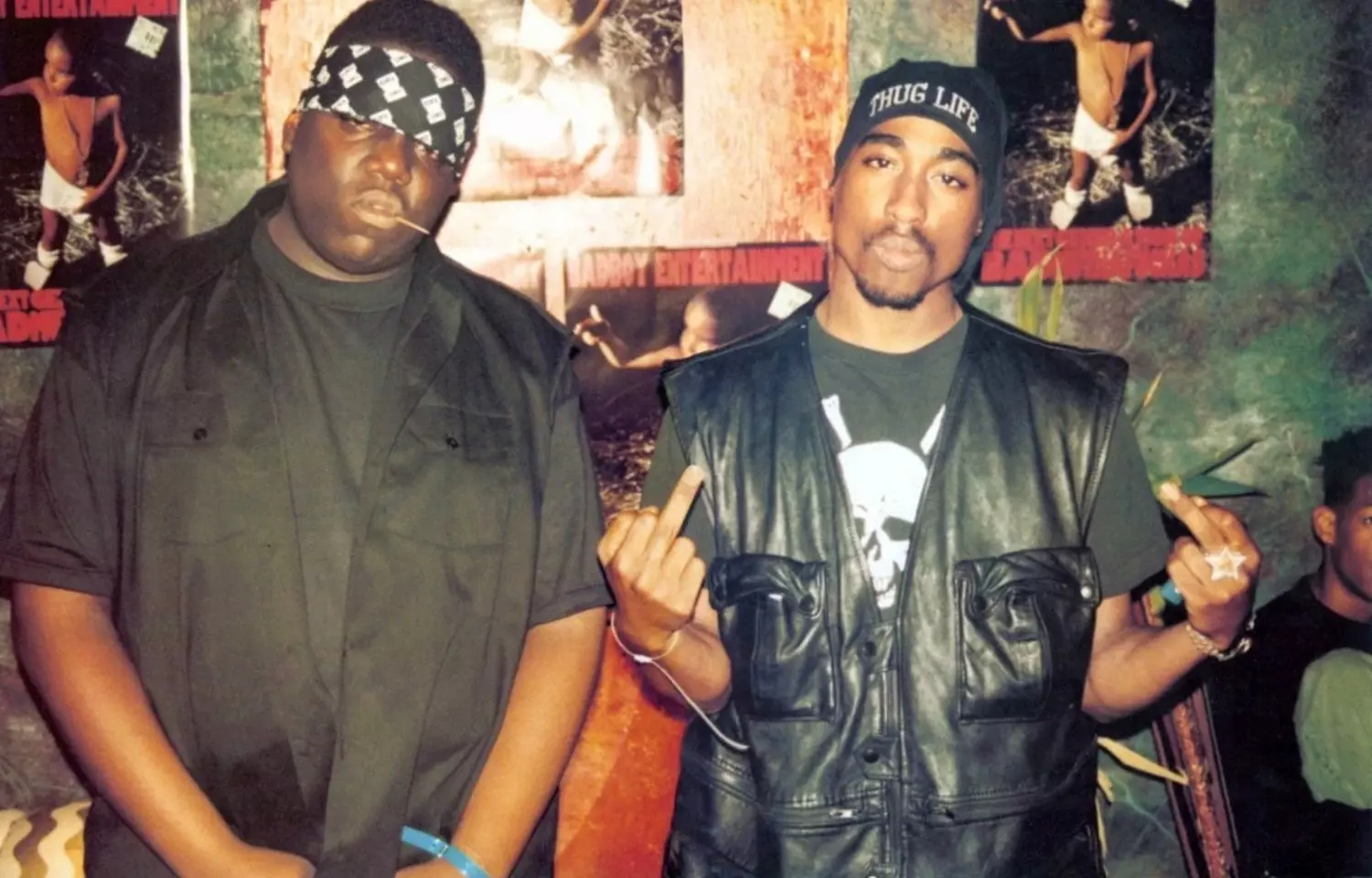
The tragedy of the two coasts: the deaths of Tupac and Biggie
The conflict between the East and West continued to intensify. The atmosphere around hip-hop was so tense that it seemed like catastrophe was inevitable. And it happened.
On September 7, 1996, in Las Vegas, after a fight with Mike Tyson, Tupac was shot. He was riding in a car with the head of Death Row Records, Suge Knight. A white Cadillac pulled up at an intersection, and gunshots were fired at them.
Tupac was hit with four gunshot wounds. He fought for his life for six days in the hospital, but on September 13, his heart stopped. He was only 25 years old.
Many still ask:
Who was behind the murder? Why did the investigation hit a dead end? Was it an act of revenge? A result of gang conflicts? Or the consequence of the escalating music war?
Answers were never found. Conspiracies, speculations, myths — all of this only clouded the truth.
Just six months after Tupac's death, the tragedy repeated itself. On March 9, 1997, in Los Angeles, Biggie was shot after a Vibe magazine party. He was in a convoy vehicle when an unknown person pulled up next to it and opened fire through the window. Biggie died on the spot. He was 24 years old.
The feeling was as if the hip-hop world had been orphaned overnight. Like with Tupac, the investigation yielded no clear results. Too many rumors, conflicting interests, and speculations about police involvement, gangsters, and even former allies.
Interesting fact: After the deaths of Tupac and Biggie, the sales of their albums soared. Their music became legendary, and their images became icons for millions around the world.
The Era We Lost
The deaths of these two great artists ended the brutal coast-to-coast war. Everyone realized how far the feud had gone and how high its cost had been. Symbolically, after these tragedies, the largest labels and artists began calling for peace. Campaigns against violence in rap started, and collaborative tracks between East and West Coast artists emerged.
Biggie and Tupac will forever remain not only in the history of music but also in the history of culture as a warning: war without winners leaves only pain.
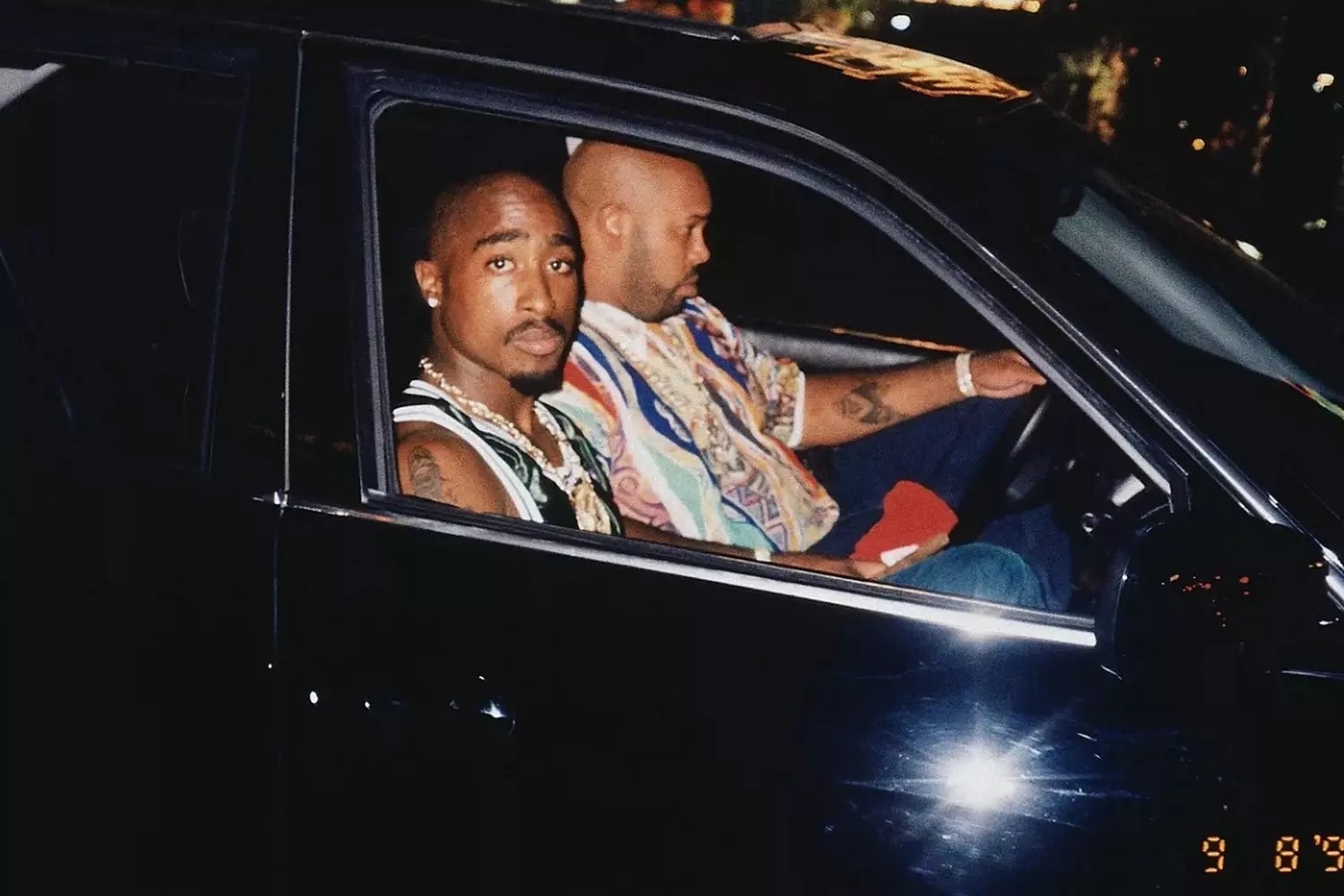
The influence of the media and labels: how the East Coast-West Coast war became a commodity
The media, as always, did not just cover the conflict — they practically fueled it.
Sensational headlines, provocative interviews, sensational reports… All of this became an inseparable part of the hip-hop war. At some point, it seemed that every piece of news was more like a plot for a movie than reality.
The Media: Fuel for the Fire
Sensational headlines like "Tupac challenges the East!" and "Biggie vows to respond!" appeared in the media regularly. These words sounded like a challenge and became almost prophecies. Reports didn’t just follow events — they actively shaped them, often exaggerating or distorting the facts. The media poured oil on the fire, creating the illusion of an all-encompassing feud, while the real lives of the artists were much more complex and multifaceted.
"Everything related to hip-hop will always be on the front page because it sells. War is always good business." — Suge Knight, founder of Death Row Records.
The appearance of such quotes only strengthened the belief that the conflict was not only real but also became part of the business game. The media often focused on personal attacks and words rather than music. All the hoopla and outrageous actions became part of the information stream, on which both labels and media made a profit.
Labels: War as Marketing
Labels like Death Row Records and Bad Boy Records realized that the conflict between the East and West could be turned into a successful marketing strategy. The coast-to-coast war essentially became a commodity that was actively exploited to increase sales.
Death Row Records, in particular, used the war as a means of promoting its artists. The label literally used Tupac as a tool to attack the East Coast, and, primarily, Biggie.
Suge Knight didn’t hesitate to make aggressive statements about Bad Boy, saying that the New York-based label didn’t respect its artists, and so on. His statements became top news. Furthermore, some of his public outbursts, like his appearance at an awards ceremony where he insulted Puff Daddy and Biggie, attracted even more attention to the label.
Bad Boy, on the other hand, did not stay behind. Puff Daddy and other artists from the label also used the feud as a platform to promote their music. Advertising campaigns included bold interviews where they stated that "The West Coast doesn’t understand real rap," which also drew a lot of attention. The conflict sold albums and concert tickets. At one point, it even seemed like music had taken a backseat, and personal rivalries became the central theme.
Impact on Fans and the Industry
The conflict, fueled by the media and labels, not only captivated the minds of artists and producers but also had a huge impact on fans. Hip-hop became not just music, but something far more important — a call to action.
People were divided into two camps: some supported the West, others the East. At concerts, radio stations, and clubs, new hits began to play, fueled by the fact that hip-hop was becoming a cult. Its creators were not just artists — they were leaders, leading an army of fans who were ready to support them on any front.
Death as the Climax
And so, when the deaths of Tupac and Biggie shocked the hip-hop community, the coast-to-coast wars reached their tragic conclusion.
It was only after their deaths that the realization hit that the war had led to the loss of two of hip-hop’s greatest stars, awakening many to the fact that this conflict was perhaps not only senseless but catastrophic for the industry. Everyone realized that the victims of the war were not just its participants, but the fans, who were willing to go to any lengths to support their idols.
Impact on Culture
After Tupac and Biggie’s deaths, the hip-hop industry changed. Conflicts no longer became as bright and accessible a tool for promotion. Labels began to shift their focus toward creating more constructive and peaceful relationships between artists.
However, the influence of that "second coast-to-coast war" continued to be felt in the music, which became more mature and conscious, with themes related to peace, self-awareness, and social issues, rather than just gangster conflicts.
Why Are Sagging Pants Fashionable in America?
The influence of the East Coast-West Coast rivalry on hip-hop: The birth of a new era
Despite the tragedies, the coast-to-coast war led to several important changes in culture that cannot be ignored. After all, although this conflict was brutal and bloody, it opened new horizons for rap music and hip-hop culture itself.
- 01. Increased Popularity of Rap Worldwide
Before the coast-to-coast war, hip-hop was mostly a local culture that prevailed in the United States. After the events of the 90s and the huge resonance caused by the tragic deaths of Tupac and Biggie, rap began to gain popularity not only in America but also in other countries. Rap became a global phenomenon, and by the 2000s, hip-hop had become one of the most influential music cultures in the world.
The emergence of artists like Jay-Z, Nas, OutKast and the growing interest in rap music in Europe, Asia, and Latin America were direct results of the processes that began during the coast-to-coast war. Music was no longer perceived as just a musical genre — it became a global culture that influenced fashion, lifestyle, and sometimes even the political atmosphere. - 02. Formation of New Independent Labels
The conflict between Death Row Records and Bad Boy Records also opened doors for the emergence of new independent labels that were not tied to the industry giants. Labels like Roc-A-Fella Records (founded by Jay-Z), Aftermath Entertainment (founded by Dr. Dre), Def Jam, and others took responsibility for the careers of artists who were seeking more freedom from major corporations and wanted to be more independent.
These new labels no longer relied on the coast-to-coast conflict, but instead built their strategy around originality and creative freedom. Instead of focusing on the feud, they emphasized the uniqueness of the artists, their individuality, and the diversity of styles. This allowed hip-hop to expand its influence and enter a new era — the era of independence. - 03. The Emergence of Constructive Battle Rap
One of the interesting consequences of the coast-to-coast war was the development of a new approach to battle rap. Previously, battles between artists often escalated into real violence, as seen with the conflicts between Tupac and Biggie. However, after the tragedies of the 90s, the rap community began to realize that battles could remain within the realm of music and not turn into personal attacks.
Artists like Eminem, Nas, Jay-Z became examples of how to engage in verbal battles without resorting to violence or destroying each other’s reputations. For example, the famous battle between Jay-Z and Nas was a vivid example of how to create a constructive conflict that strengthened both participants' positions rather than destroying their careers.
Constructive battle rap became popular not only in the U.S. but also beyond its borders. This genre received recognition, and events like URL (Ultimate Rap League) and King of the Dot became venues for honest and intellectual battles where punches were not only important but also the ability to think. - 04. The Reconsideration of the Rapper’s Role as a Public Figure
As rap became increasingly politicized and tragic in the 90s, artists like Tupac began to be seen as leaders who could influence public consciousness. After the deaths of Tupac and Biggie, the rap community gradually came to the realization that hip-hop was not just entertainment, but a powerful tool through which social issues could be addressed, inspiring and changing societal norms.
Contemporary rappers like Kendrick Lamar, J. Cole, Drake view the coast-to-coast conflict as a lesson that taught them how important it is to build positive relationships and stay within the boundaries of music. They demonstrate how hip-hop can be a tool for real societal change.
Kendrick Lamar, for example, through albums like "To Pimp a Butterfly" and "DAMN" addresses issues of social injustice, racism, and personal struggles, creating powerful messages that are a far cry from the aggression and violence that accompanied the coast-to-coast war. These artists are called "the modern voices of hip-hop," and their influence extends far beyond music.
Indeed, although the coast-to-coast war formally ended many years ago, its influence is still felt today. Many rappers who were once enemies now not only collaborate with each other but actively participate in projects dedicated to the memory of those tragic events that shook the hip-hop community. The interaction between East and West artists has become a symbol of reconciliation, and the coast-to-coast war is now seen as an important historical moment for the entire culture.
Modern Examples of Collaboration
- Dr. Dre and Nas
Despite the fact that during the coast-to-coast war, the relationship between Death Row and Def Jam labels was extremely tense, today we see two of the most influential rappers — Dr. Dre from the West Coast and Nas from the East Coast — collaborating on various musical projects. One of the prominent examples of their collaboration is the track "Nas Is Like" from Nas’s album "I Am…" (1999). This track became iconic because, despite his roots on the West Coast, Dr. Dre supported the artist from the East. This step became a symbol that the coast-to-coast war was no longer relevant in the musical context, and now what mattered more was creative exchange and mutual respect. - Snoop Dogg and P. Diddy
Another prominent example of reconciliation was the joint concert by Snoop Dogg and P. Diddy (also known as Puff Daddy) in 2016, organized to commemorate the 20th anniversary of Tupac's death. At this concert, the artists performed several iconic tracks from their repertoires, including "California Love" and "I'll Be Missing You", dedicated to Biggie's memory. The appearance on stage of two symbols from the opposing camps — the West and the East — marked a significant moment, demonstrating how music and memory can unite despite past disagreements.
Impact on Music and Culture
Although the coast-to-coast war has ended, its memory continues to live on in music, films, and in the cultural memory of fans. The echoes of those times still resonate in songs, and many artists strive not to forget the importance of learning from history's lessons.
Documentary films and books about the coast-to-coast war, such as "Biggie & Tupac" (2002) and "The Notorious" (2009), continue to attract the attention of new generations of listeners, revealing not only the details of the tragic history but also the path that hip-hop culture has traveled. These works have become a kind of reminder that hip-hop is not just music, but a culture deeply rooted in the history of the U.S., social and political issues, and a powerful internal struggle for self-expression.
Modern Rappers on the Memory of the Coast-to-Coast War
Many modern rappers, such as Kendrick Lamar, J. Cole, Drake, and Lil Wayne, often mention the coast-to-coast war and its lessons. They see it not only as a tragic moment but as a necessity to learn to work together in order to move forward. In their lyrics, one can find references to the 90s culture, to those brutal times when lives were at stake, and the realization that today’s rappers can work together for something greater.
For example, Kendrick Lamar in his album "To Pimp a Butterfly" (2015) frequently touches on themes of violence, racism, and social inequality, returning to ideas that became relevant during the coast-to-coast war era. His work is often compared to artists like Tupac and Biggie, who used their music as a weapon in the fight for rights and freedoms.
Although the coast-to-coast war is formally in the past, its legacy lives on in hip-hop culture. The impact of those tragic events remains relevant to the music and the relationships between artists. Despite the tragedy, hip-hop has shown its ability to transform and forgive, and now what matters more is cooperation, not rivalry, and the development of the genre. Modern rappers, such as Dr. Dre and Nas, or Snoop Dogg and P. Diddy, have proven that music can unite, and the memory of the past helps create a future full of new meaning and opportunities.
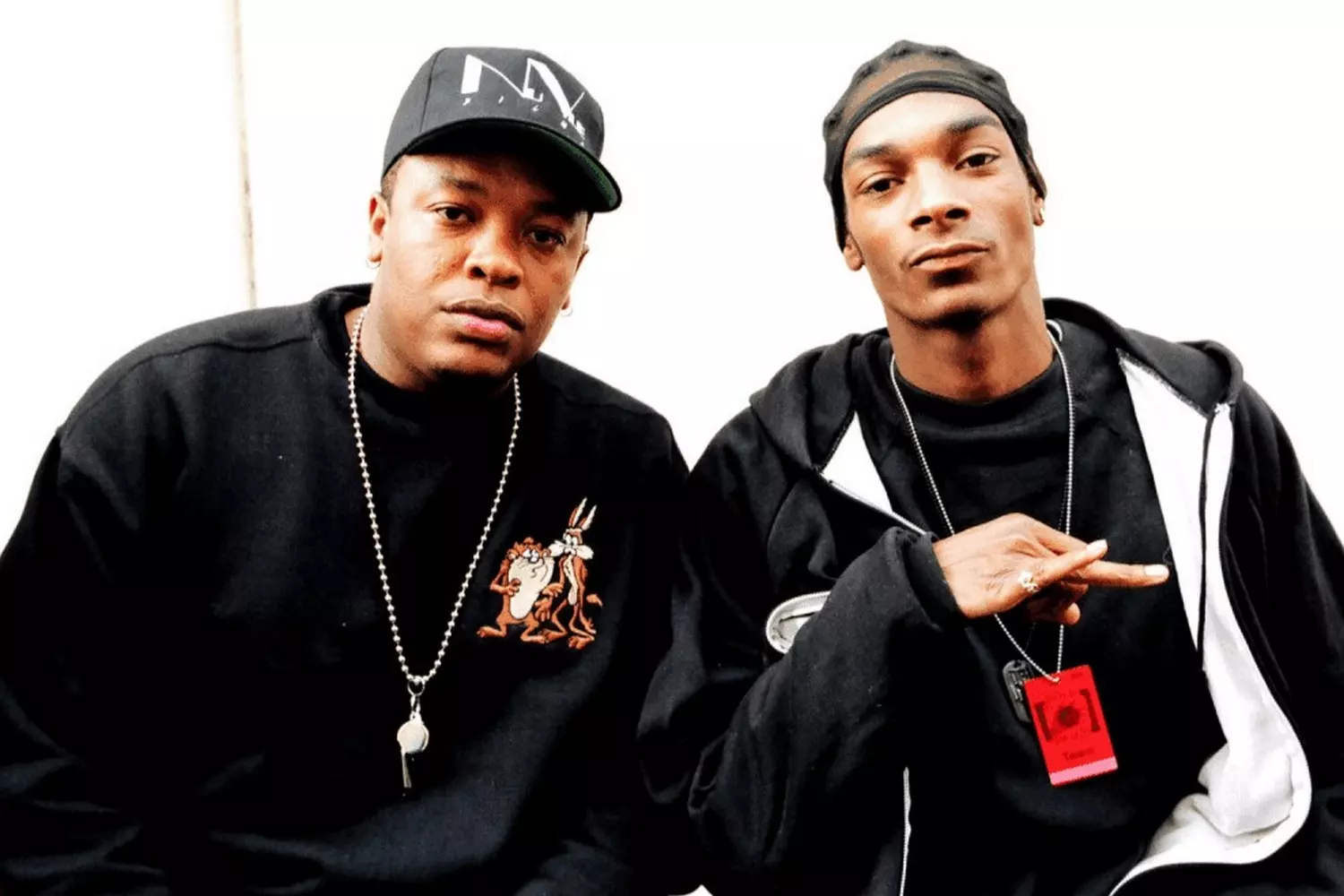
Interesting facts about hip-hop and the East Coast-West Coast rivalry
- In 1995, Tupac was in prison for rape. The owner of Death Row Records Suge Knight offered him a deal: $1.4 million bail in exchange for a contract. 2Pac agreed, but later regretted it, calling Death Row a "prison."
- After the death of the leaders, rappers Snoop Dogg and Puff Daddy publicly reconciled in 1997, urging an end to the feud.
- The track 2Pac “Hit ’Em Up” (1996) is not just a diss, but a declaration of war. In it, Tupac called Biggie a “fat bastard” and “nobody,” claiming he slept with his wife Faith Evans. He insulted all of Bad Boy Records, including Puff Daddy.
- Before becoming the face of the East Coast, The Notorious B.I.G. considered signing with Death Row Records. However, due to his friendship with Puff Daddy, he stayed with Bad Boy Records, which ultimately made him Tupac’s primary target.
- In 1996, during the war, Nas and 2Pac accidentally ended up in the same studio. They even recorded an unreleased track together, but due to the coast feud, it was never released.
- Biggie recorded the track "Who Shot Ya?" before 2Pac was shot in 1994. However, after the attack on Pac, the track was seen as a hint at his injury, although Biggie claimed the song was finished earlier and had nothing to do with it.
- In 1993, Snoop Dogg and his bodyguard Malik were arrested for murder, but later acquitted. The rumor was that the attack was related to the coast feud, as Snoop was one of the main representatives of the West Coast.
- After 2Pac’s murder, Puff Daddy (Sean Combs) offered Death Row a joint charity concert in memory of the fallen, but Suge Knight refused, saying: "We don't work with rats."
- Suge Knight himself ran over a man in a parking lot in 2015 and received 28 years in prison. Many fans believe this is the "curse of the coast war" – almost all its key players have either died or ended up in prison.
- In the track "Somebody’s Gotta Die" (1997), Biggie tells a story of a revenge killing. The album "Life After Death" was released 16 days after his death.
- Jay-Z almost became a victim of the war but avoided the conflict by focusing on business.
- Eminem calls the coast war "the greatest tragedy of hip-hop" and avoids personal feuds.
Secrets, Theories, and Little-Known Facts About the Coast War
- 01. The Real Reason Behind the Feud Between 2Pac and Biggie
Many believe the conflict started because of music, but the real spark was Tupac’s robbery in 1994 at the New York Quad studio. 2Pac believed that Biggie and Puff Daddy knew about the attack but didn’t warn him. It later came out that the organizer might have been Jimmy Henchman, an influential promoter linked to Bad Boy. - 02. Tupac and Biggie's Secret Meeting Before Their Deaths
Rumors say that, weeks before the murders, 2Pac and Biggie secretly met in Los Angeles to discuss a truce. But Death Row allegedly found out about it, and the meeting ended in nothing. - 03. Recordings from 2Pac's Murder Scene Disappeared
The cameras at the Luxor hotel, where the shooting took place, "accidentally" weren’t working that day. The police never found footage from other cameras, even though it was a popular tourist spot. - 04. Biggie Cried When He Heard About 2Pac's Death
Despite the feud, when Biggie heard about Tupac’s death, he broke down and told his friends: "This is wrong. It shouldn’t have happened." - 05. Did Suge Knight Set Up Snoop Dogg's Arrest?
According to one theory, Suge Knight himself tipped off the police about Snoop Dogg in 1993 to control his career. Snoop later left Death Row, calling Suge a "traitor." - 06. Puff Daddy Almost Died in a Shootout
In 1999, a shooting occurred in a New York club where Puff Daddy’s close friend was killed. Many believe it was revenge for the coast war. - 07. A Hidden Code in the "I’ll Be Missing You" Video
Puff Daddy dedicated "I’ll Be Missing You" to Biggie, but there are strange details in the video: the time on the clock is 3:30 — the time of Biggie’s murder, and the black balloons are a symbol of "souls of the dead" in street culture. - 08. Did 2Pac "Resurrect" in 2003?
In 2003, a fake video spread online, showing a supposedly alive 2Pac claiming he faked his death. Fans still search for "evidence" that his murder was staged. - 09. Biggie’s Last Photo
Hours before his murder, Biggie gave his last interview and said: "I know I’m going to die soon. But my music will live on."
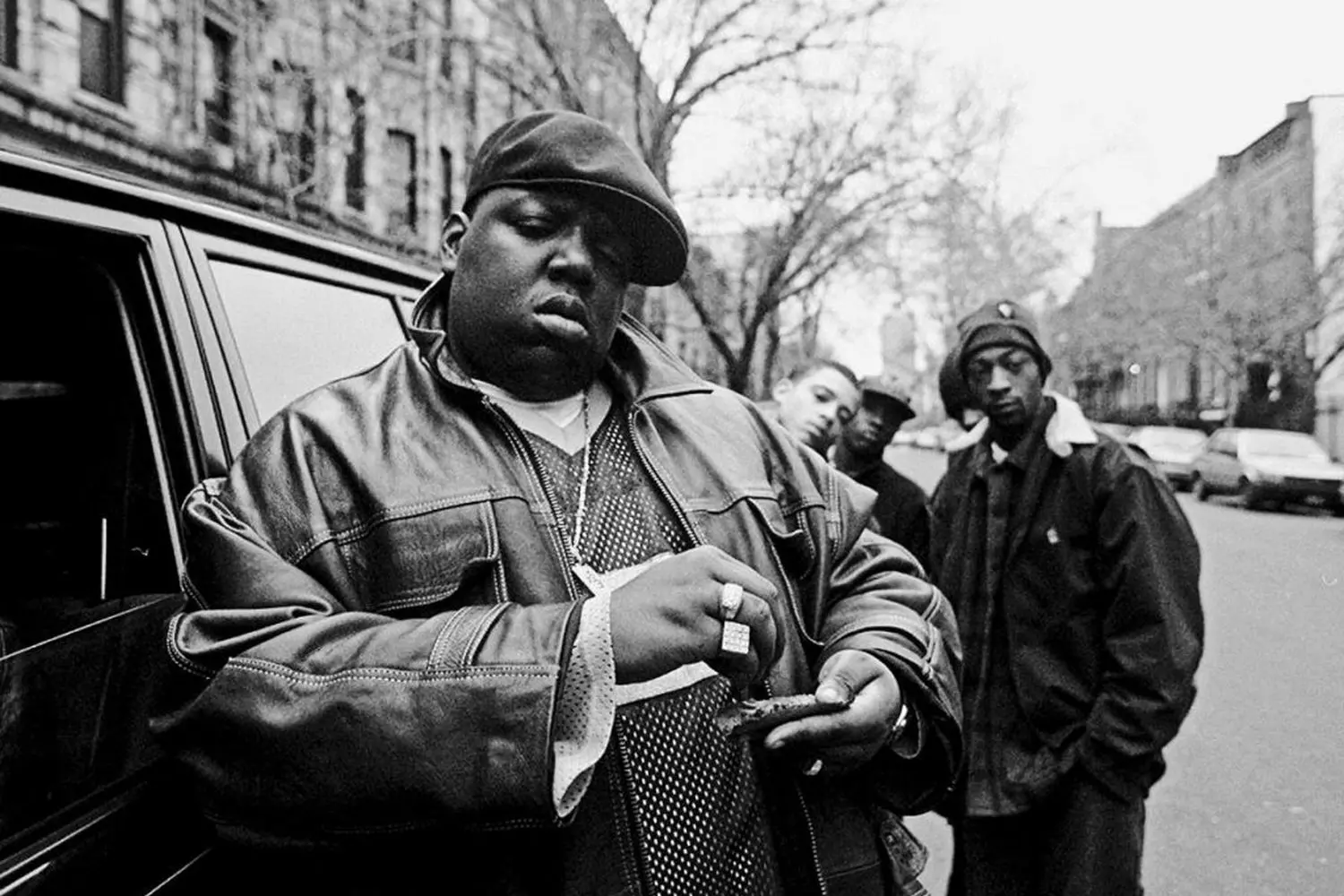
Dive into the world of true American hip-hop with American Butler!
The hip-hop coast wars forever changed music and culture. They became a tragic reminder of how easily art can turn into a battlefield—when ambition, money, and street reality are at its core.
This story is not just about rivalry. It is a story about passion, about the drive to be heard, and the price of fame.
Want to walk the path where legends were born? Visit the streets of Brooklyn, the studios of Los Angeles, the clubs of New York, where future stars rapped their first verses?
American Butler organizes unique personalized tours of the birthplace of hip-hop!
Living history of American culture — this is more than just a tour. It’s an unforgettable experience that will stay with you forever.














